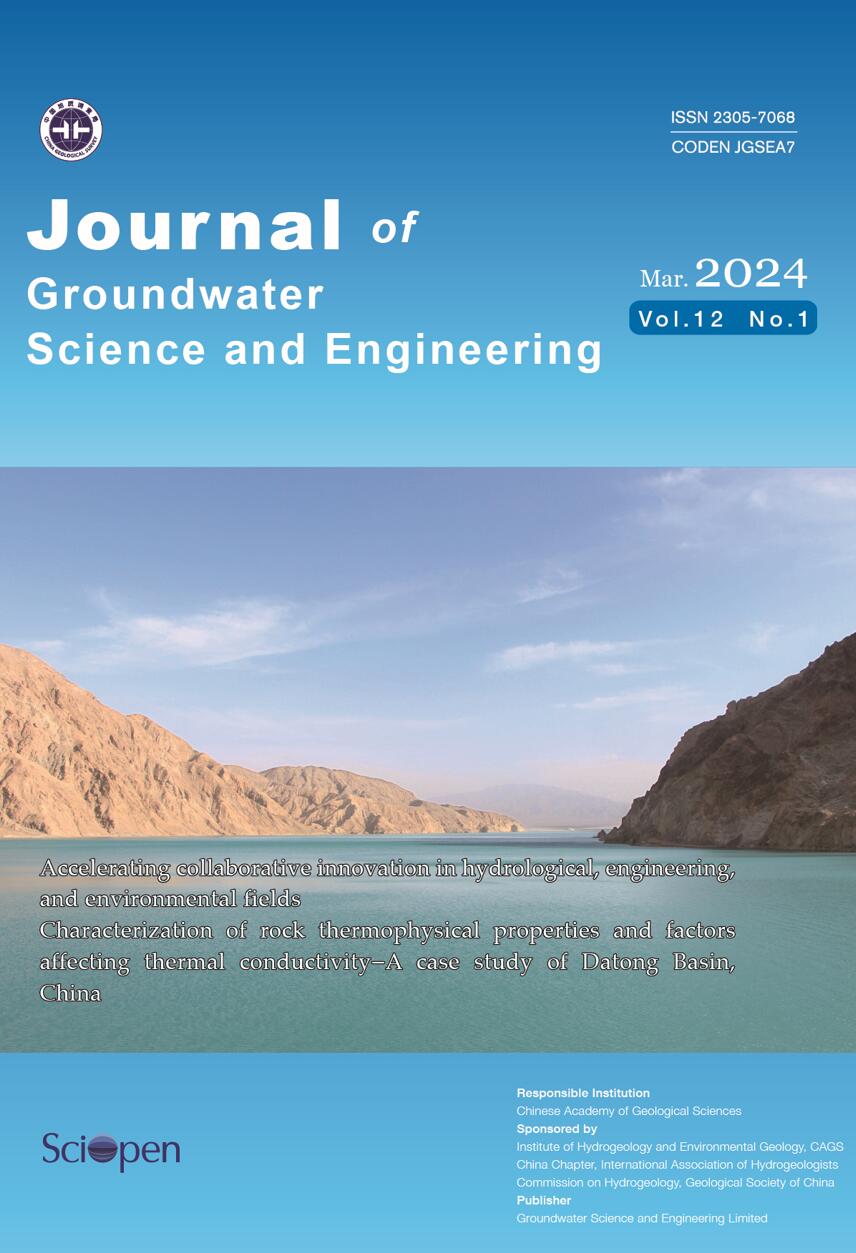2013年 第1卷 第2期
2013, 1(2): 1-8.
摘要:
2013, 1(2): 9-13.
摘要:
2013, 1(2): 14-23.
摘要:
2013, 1(2): 24-31.
摘要:
2013, 1(2): 41-47.
摘要:
2013, 1(2): 48-59.
摘要:
2013, 1(2): 60-73.
摘要:
2013, 1(2): 74-79.
摘要:
2013, 1(2): 80-87.
摘要:
2013, 1(2): 88-95.
摘要:
2013, 1(2): 96-103.
摘要:
 E-mail alert
E-mail alert Rss
Rss


 作者投稿
作者投稿 专家审稿
专家审稿 编辑办公
编辑办公 主编办公
主编办公 新闻动态
新闻动态 下载中心
下载中心 友情链接
友情链接





